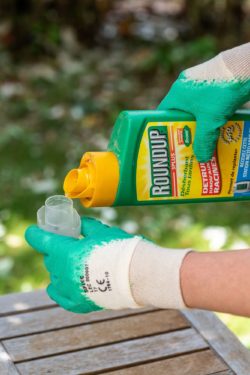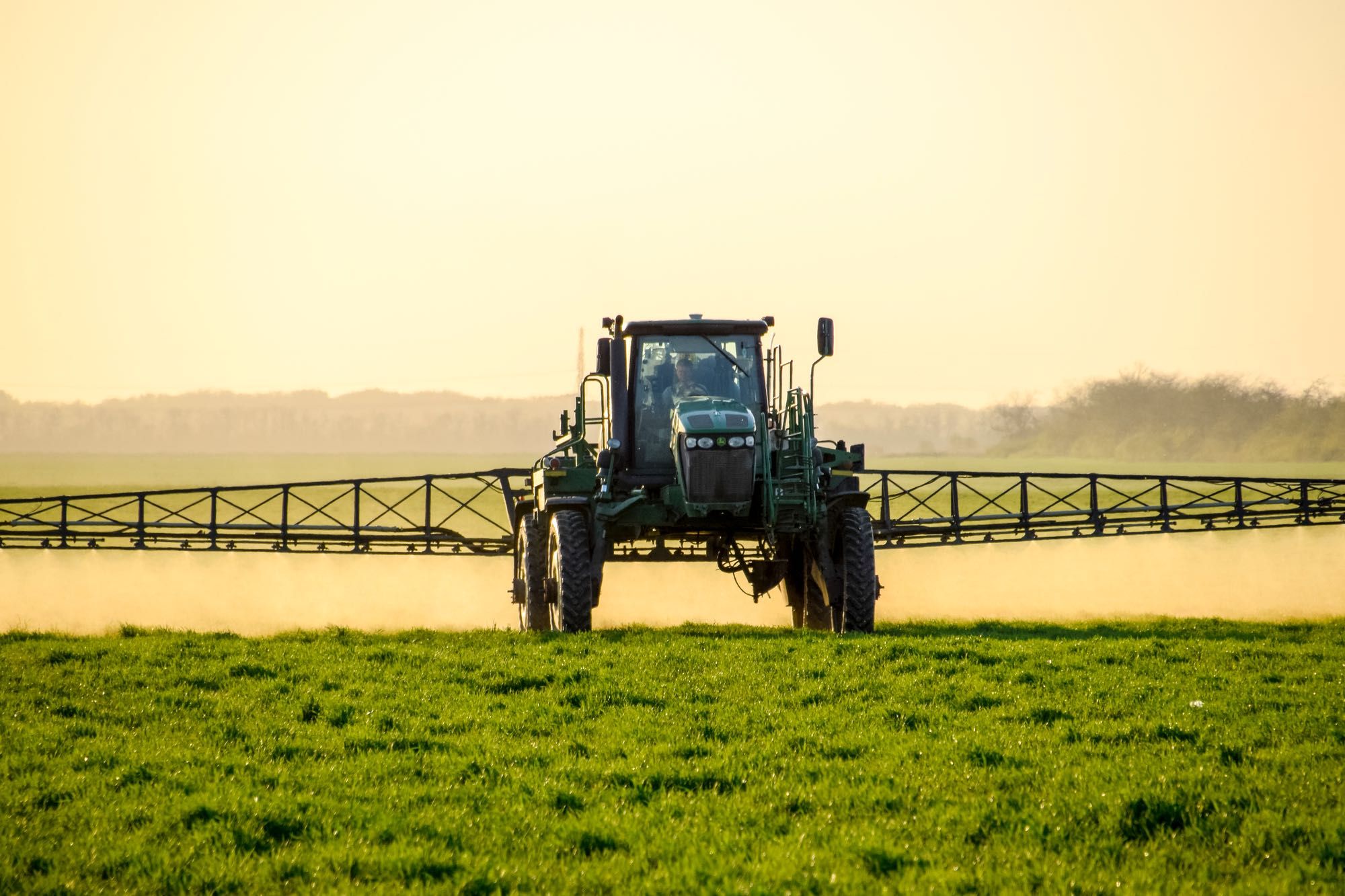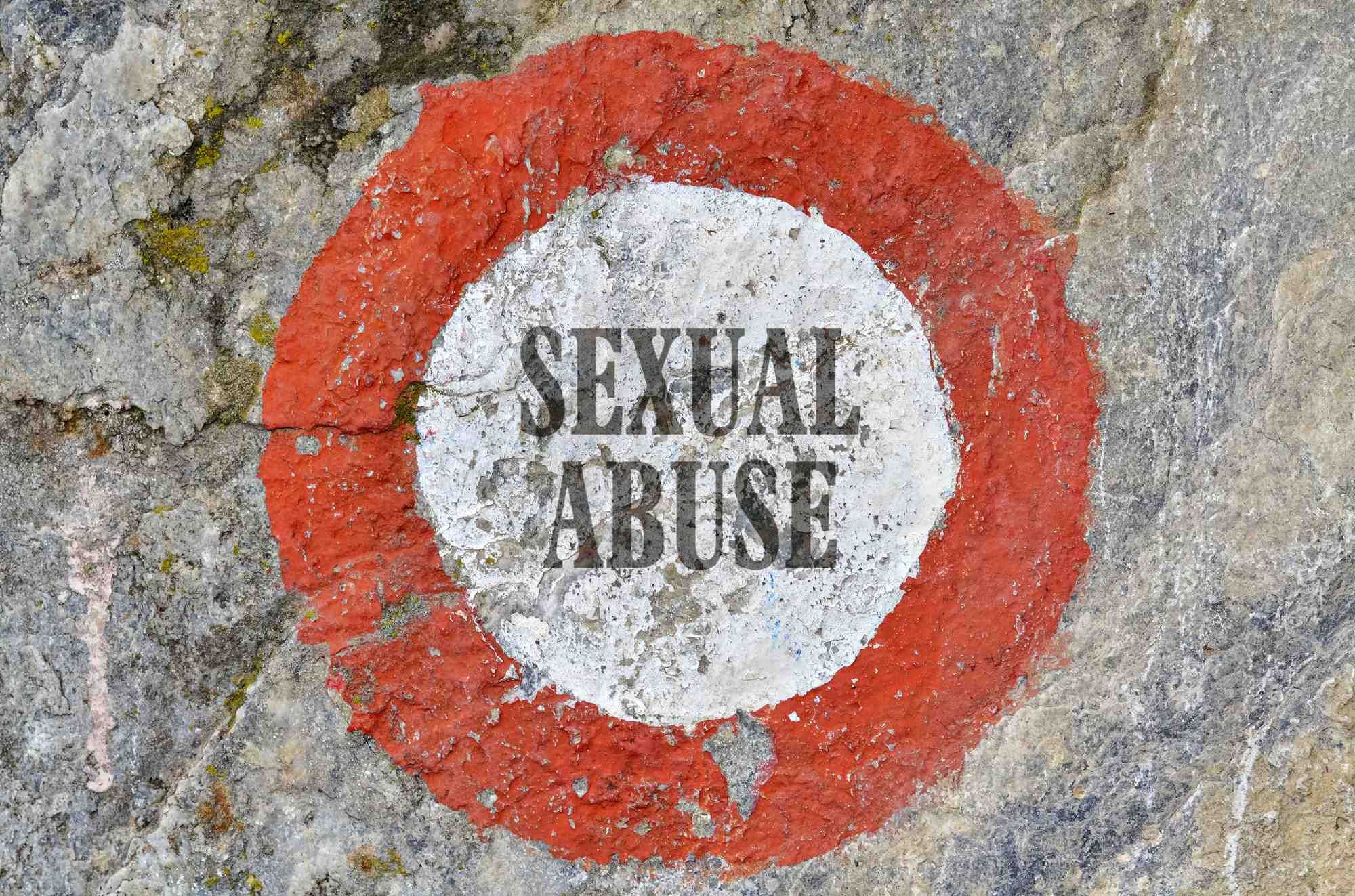Top Class Actions’s website and social media posts use affiliate links. If you make a purchase using such links, we may receive a commission, but it will not result in any additional charges to you. Please review our Affiliate Link Disclosure for more information.
Over nine thousand lawsuits have been filed by cancer patients in the U.S., claiming billions in damages against Monsanto. Courts found that Monsanto’s glyphosate-based Roundup contributes to cancer, and that Monsanto knowingly concealed the glyphosate cancer risks to consumers.
Consumers in Canada have followed suit, filing nationwide class action lawsuits against Monsanto and Bayer in 2019, alleging that the glyphosate present in Roundup causes cancer and other serious health risks. Lawsuits alleging the glyphosate cancer risks have been filed in Quebec, Manitoba, Ontario, and British Columbia.
In light of the numerous glyphosate class actions, one may wonder whether glyphosate is safe, and how glyphosate is regulated in Canada. In this article, we dive into glyphosate’s regulatory journey, exploring which levels of government are involved in the process and who decides what.
What is Glyphosate?
Glyphosate is a herbicide that is applied to the leaves of plants to kill weeds. The sodium salt form of glyphosate is used to regulate plant growth and ripen specific crops.
The chemical was first registered for use in the U.S. in 1974. It has since been used in agriculture and forestry, on lawns and gardens, and for weeds in industrial areas.
Glyphosate is the key ingredient in Roundup and is the most widely used herbicide in Canada and worldwide. In 2015, the World Health Organization’s (WHO) International Agency for Research on Cancer (IARC) declared glyphosate a “probable carcinogen,” that contributes to the formation of non-Hodgkin’s lymphoma.
In 2017, Health Canada decided to continue the registration of glyphosate for another 15 years.
Following the release of the 2017 re-evaluation on glyphosate, Health Canada received eight notices of objection.
Federal Glyphosate Regulation
In Canada, pesticides are regulated through a process of pre-market scientific assessment, enforcement, education, and information dissemination. These regulatory activities are shared among federal, provincial/territorial and municipal governments, and are governed by legislation, regulations, guidelines, directives, and by-laws.
The federal government, namely the Pest Management Regulatory Agency of Health Canada, has jurisdiction over the following pesticide regulatory mechanisms:
- Pest Control Products Act (PCPA) and Regulations
- Pesticide registration and re-evaluation
- Human Health and Safety
- Environmental impact
- Value/efficacy assessment
- Alternative strategies
- Compliance and enforcement
The key federal player in glyphosate regulation is the Pest Management Regulatory Agency (PMRA) of Health Canada. Its mandate is to protect human health, safety and the environment by minimizing risks associated with pesticides, while providing Canadians access to the pest management tools necessary for agriculture, forestry, industry, and personal use.
The PMRA is responsible for administering the PCPA, registering pesticides, re-evaluating registered products and setting maximum residue limits under the Food and Drugs Act. All pesticides imported into, sold or used in Canada are regulated nationally under the PCPA.

Health Canada does not conduct independent scientific studies on the products themselves. This issue has been raised by activists and environmental groups, claiming that this process allows for incomplete and biased studies on glyphosate.
The Regulatory Journey of Glyphosate
The first glyphosate regulatory step is screening. Every submission is screened by Screening Officers of the PMRA’s Submission Management and Information Division. The purpose of initial screening is to make sure that submissions meet the format, content and fee requirements. At this stage, preliminary analyses of glyphosate scientific studies would be carried out in order to determine if they are acceptable and whether they comply with international protocols.
Glyphosate Reviews: Health and Environment
The PMRA’s Health Evaluation Division identifies, assesses and evaluates possible glyphosate risks. The Health Evaluation Division consists of three sections, each with its particular area of investigation:
- The Toxicological Evaluation Sections identify possible human health effects of glyphosate, and establish the levels at which humans can be exposed to glyphosate products, such as Roundup, without any harm. These sections are responsible for setting Acceptable Daily Intakes, which refer to the amount of a chemical that can be consumed daily for a lifetime with no adverse effects.
- The Occupational Exposure Assessment Section performs exposure assessments on all new active ingredients and all major new uses of an herbicide, like glyphosate. Data considered include residues found in air and on surfaces indoors and outdoors following application in domestic, commercial, and agricultural settings.
- The Food Residue Exposure Assessment Section evaluates submissions where a product could come in contact with food, including field crops, meat and dairy products and processed foods. These evaluations are conducted to set the maximum residue limits for glyphosate on food. This regulatory step is important to ensure human health, especially in light of a 2018 study conducted on common Canadian food brands that found glyphosate in Cheerios, Tim Hortons timbits and bagels, and Fontaine Santé hummus, among other foods.
The second review is the Environmental Assessment Division’s evaluation on data regarding the environmental chemistry and toxicology of glyphosate, as well as what happens to glyphosate once it enters the environment. This section also makes recommendations for restrictions on glyphosate use aimed at reducing environmental risks. Such recommendations include label statements outlining buffer zones, timing and frequency of glyphosate applications, the rate at which glyphosate can be applied, etc.
Glyphosate in the Lab
Upon arrival at the PMRA’s Laboratory, glyphosate will be evaluated by scientists. The PMRA’s scientists assess glyphosate’s chemistry data that Monsanto and Bayer provided as part of submissions for registering their pest control products.
As applicants for registration of glyphosate products, Monsanto and Bayer must establish that their glyphosate pesticides have merit and value for the purposes claimed when glyphosate is used according to label directions.
According to Health Canada, these assessments have led to many Canadian chemical products having up to 50 per cent lower label use rates than the same products in other countries.
Glyphosate Registration
Once a submission is evaluated, the PMRA determines whether or not a product should be granted registration. The threshold requirement for registration is sufficient scientific evidence showing that a product does not pose unacceptable health or environmental risks and that it serves a useful purpose. Typically, registration is granted for a term of five years, subject to renewal. However, the term will be limited to less than five years where it is determined that the risks or value should be reviewed after a specified period.
As opposed to new products, registered products, such as glyphosate, can be re-evaluated resulting in changes to the use pattern, label statements, or classification of the product to ensure that the risks and value of the product remain acceptable. Where it is determined that the risks to human health or the environment are no longer acceptable, or that the product is without value for its intended purpose, registration is refused.
In 2017, Glyphosate was re-examined by the PMRA for registration renewal. The PMRA assessed the potential human health risk of glyphosate from drinking water, food, occupational and bystander exposure, as well as environmental risks.
The assessment was carried out based on available information provided by Monsanto and Bayer, as well as a large volume of published scientific literature and reviews conducted by other regulatory authorities.
The PMRA’s re-examination of glyphosate concluded that glyphosate’s cancer risk to humans was low. Additionally, dietary exposure associated with the use of glyphosate, namely the glyphosate content in food, was not expected to pose a risk to human health.
However, the PMRA revised label directions for glyphosate to increase safety, namely:
- Glyphosate is not to be applied using hand-wicking or hand-daubing methods;
- A restricted-entry interval (REI) of 12 hours is required for agricultural uses; and
- A statement is required indicating that glyphosate products are to be applied only when the potential for drift to areas of human habitation or areas of human activity is minimal.
Provincial and Territorial Glyphosate Regulation
Provincial governments also regulate pesticides, such as glyphosate or Roundup, but such regulation is restricted to the province’s use of the pesticide.
Only pesticides that are registered for use under the PCPA, such as glyphosate, may be imported into, sold or used among Canada’s provinces. Provinces and territories may regulate the sale, use, storage, transportation, and disposal of glyphosate in their jurisdictions. However, provincial measures must be consistent with any conditions, directions and limitations imposed under the PCPA or other federal legislation.
Eight out of Canada’s 10 provinces have enacted restrictions on the use of glyphosate in public spaces or by private individuals, and 40 Canadian communities have restrictions or bans on glyphosate.
Municipal Glyphosate Regulation
Municipal governments can govern glyphosate via by-laws for municipal (and, in some cases, private/residential) lands. For example, the City of Montreal banned neonicotinoid pesticides in 2015 to protect bees. That bylaw will be amended, extending the ban to glyphosate, a project underway since 2019.
Do YOU have a legal claim? Fill out the form on this page now for a free, immediate, and confidential case evaluation. The Canadian lawyers who work with Top Class Actions will contact you if you qualify to let you know if an individual Roundup glyphosate cancer lawsuit or Roundup class action lawsuit is best for you. [In general, Roundup lawsuits are filed individually by each plaintiff and are not class actions.] Hurry — statutes of limitations may apply.
ATTORNEY ADVERTISING
Top Class Actions is a Proud Member of the American Bar Association
LEGAL INFORMATION IS NOT LEGAL ADVICE
Top Class Actions Legal Statement
©2008 – 2024 Top Class Actions® LLC
Various Trademarks held by their respective owners
This website is not intended for viewing or usage by European Union citizens.
Get Help – It’s Free
Join a Free Canada Roundup Class Action Lawsuit Investigation
U.S. citizens, click here for the U.S. Roundup Cancer Investigation.
If you qualify, an attorney will contact you to discuss the details of your potential case at no charge to you.
PLEASE NOTE: If you want to participate in this investigation, it is imperative that you reply to the law firm if they call or email you.

















